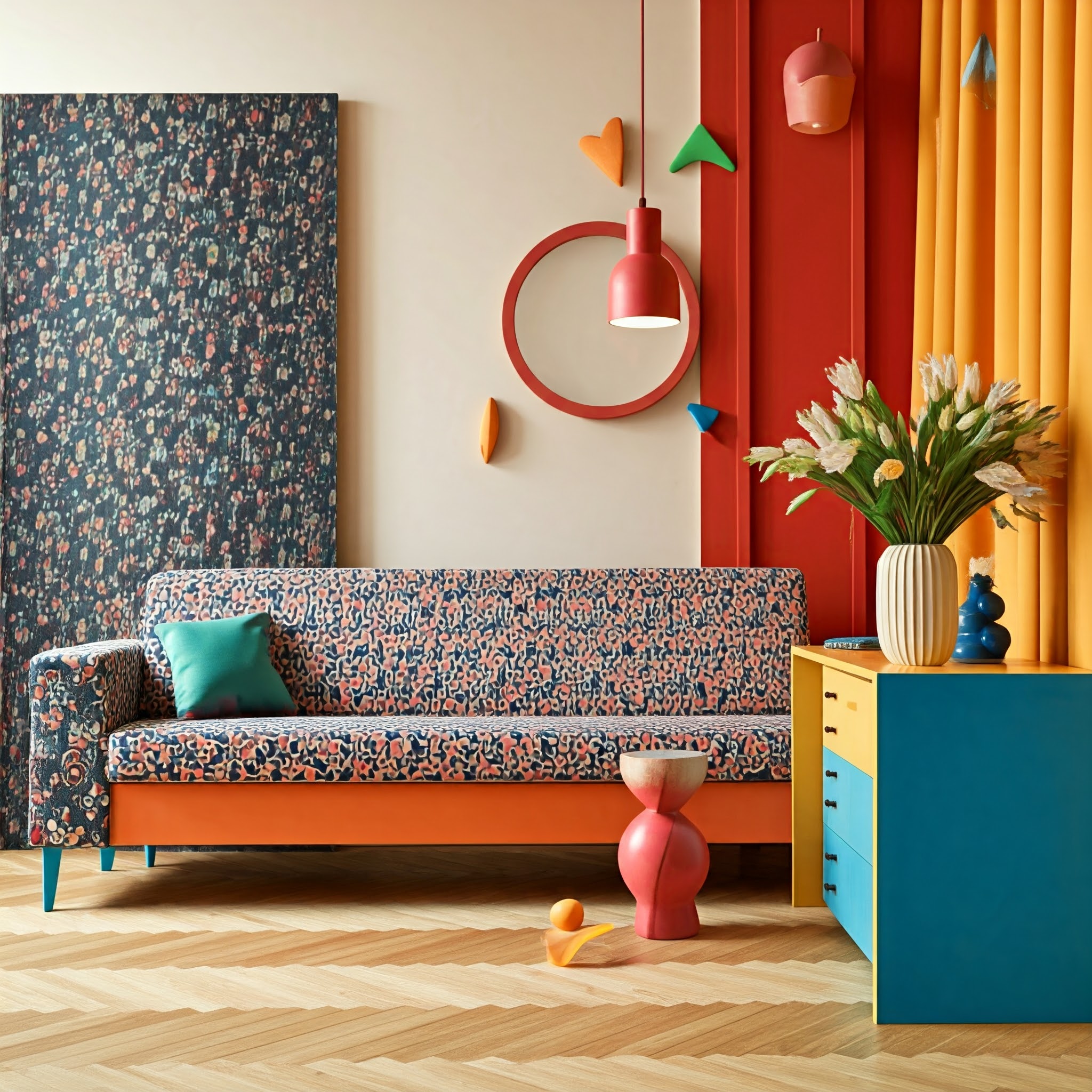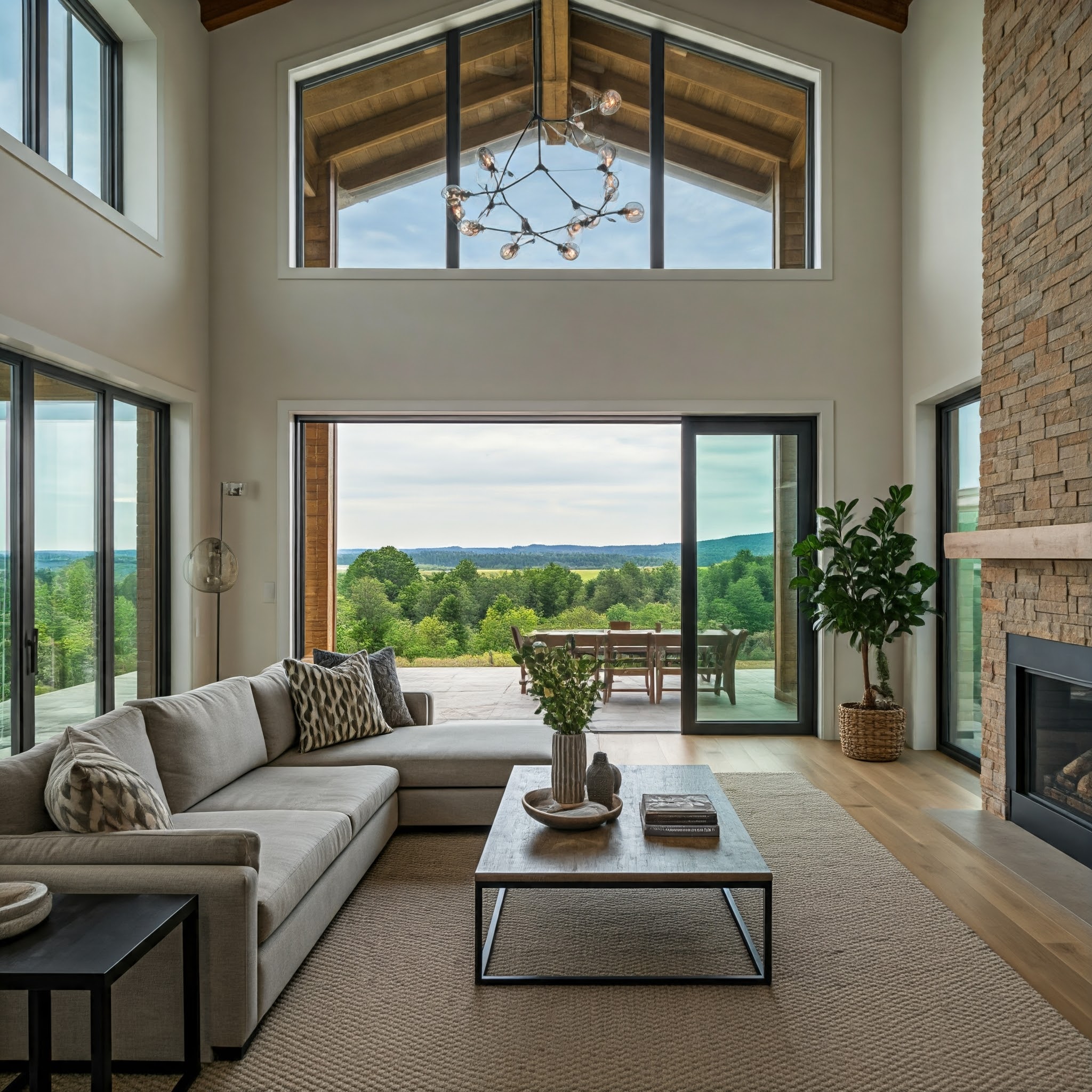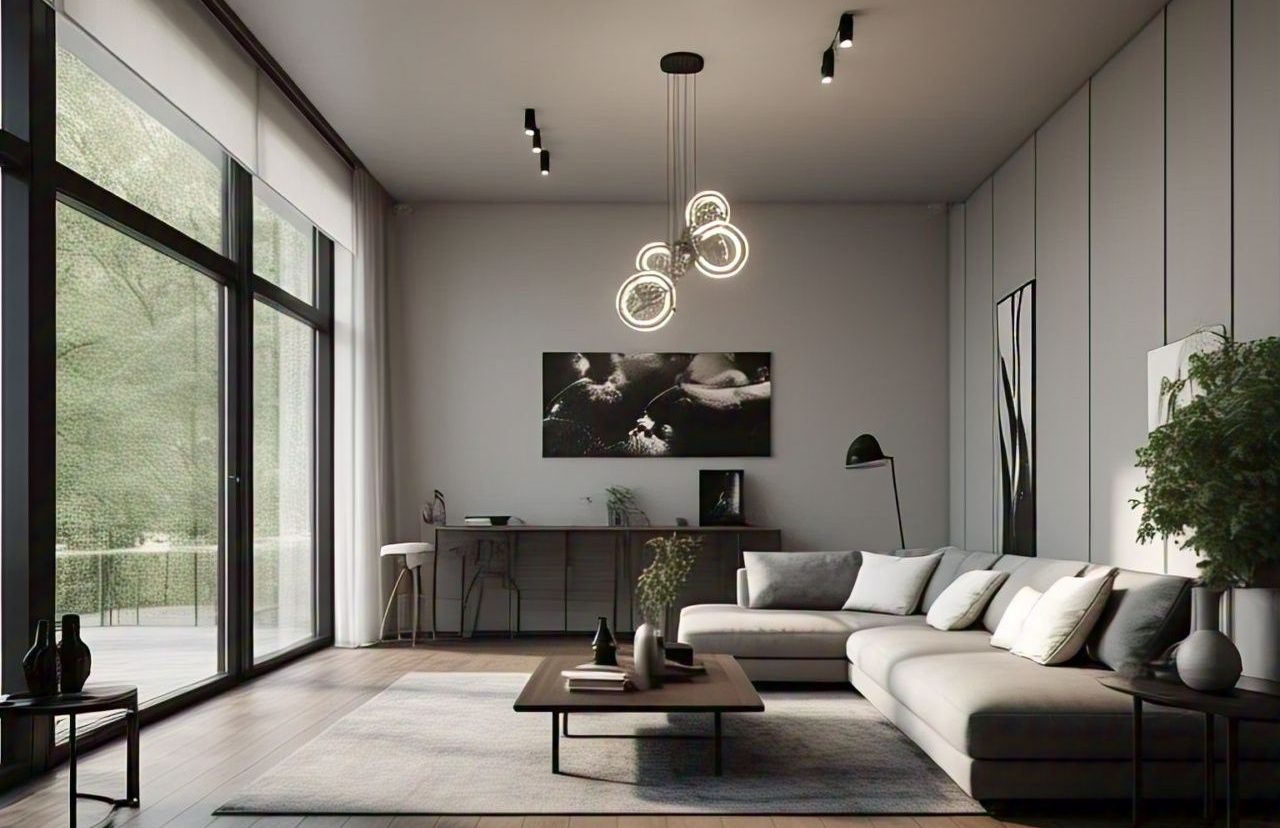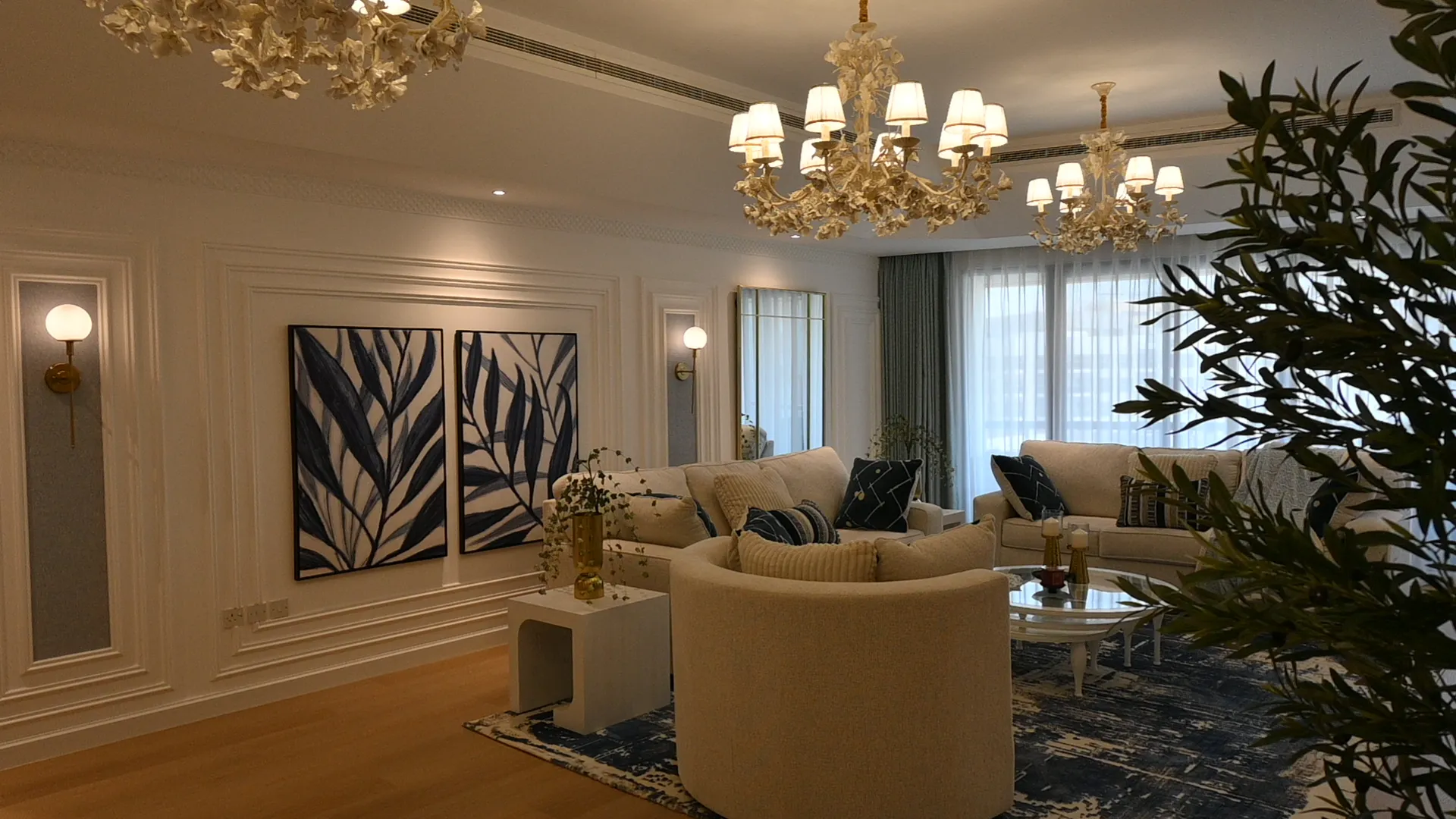Have you ever been drawn to something that was so daringly bright and audaciously bold that it almost seemed to break the rules of tradition? You may have also looked at your space and hoped it could reflect your creative spirit but didn’t know how to make it happen. What if there was a design style that combined your love of creativity and your desire to show yourself in a fun way? Welcome to the world of Memphis building design style, where being different is praised and being brave is emphasized.
This guide will talk about the interesting history of Memphis architecture, what makes it unique, the problems it can cause, and useful ways to use it in your own places. This complete guide will help you understand and enjoy the creativity and energy of Memphis design, whether you’re just interested, doubtful, or ready to jump in.
Learning About the Style of Memphis Architecture and Design
How does Memphis design look? It’s not just fun forms and bright colors. This design style began in the 1980s in Milan, Italy. It was created by the Memphis Group, a group of designers who wanted to break the rules of practical, minimalist design. The architecture and style of Memphis are very unique, combining elements of Art Deco, Pop Art, and Postmodernism.
Shapes like triangles, circles, and zigzag designs, as well as bright, clashing colors, are important features. Memphis is a rebellious reaction to the restrained style of its time because it values creativity.
Key Points: The Memphis movement began with a desire to question the way things had always been done.
It takes ideas from many types of art, like Pop Art and Postmodernism.
At its core are geometric forms and bright colors.
Important Parts of Memphis’s Architecture
Memphis style is based on geometric shapes and strong lines. Imagine a room with striped squares, circular patterns, and funky abstract shapes. These parts are meant to get your attention and make you think.
The color scheme is just as striking. Black-and-white patterns are mixed with bright colors like neon pink, electric blue, and bright yellow. The way these colors are arranged on purpose makes the room feel both fun and lively.
It’s not just colors and shapes that can be playful; materials and textures can too. In order to add a bit of surprise, materials like terrazzo, glass, concrete, laminates, and glass are often used.
Key Points: Memphis design is known for its use of geometric shapes and bright patterns.
Bright colors that don’t go together make for an interesting look.
Laminates and terrazzo are two materials that add depth and interest.
The Issues People Have With Memphis Design
Even though Memphis design is very pretty, it can be hard to get right. If used too much, its bright patterns can be too much to handle. Finding the right balance between fun and classy requires careful selection, since too much of either can make a room look chaotic.
Another problem is that people don’t understand the style. If you don’t understand Memphis’s theory, mixing it with other styles, like traditional or minimalist design, can make things look bad.
Another problem is the cost of putting the plan into action. Real Memphis-style furniture and materials can be pricey and hard to find, which makes it harder for artists on a budget to use. Lastly, Memphis designs often use unusual materials that need extra care, which may not be possible for some people.
Key Points: Memphis design can be too much for some areas if it’s not balanced well.
If you don’t understand the style, it will not mix well with other styles.
Access is limited by high prices and problems with maintenance.
Ways to Deal with the Problems of the Memphis Style of Architecture
Moderation is the key to adding Memphis style to your space without making it too busy. Use only a few of its parts, like a bright lamp or a patterned rug, to make focus points that don’t take over the room. To keep the balance, pair these things with basic colors and textures.
Learning about the background and philosophy of Memphis design can help you avoid applying it in the wrong way. To make it look good with other styles, like simplicity or industrial design, you should know where it comes from (Postmodernism) and how it rebels against tradition in a fun way.
Look for Memphis-style clothes at thrift stores or online marketplaces for cheap choices. If you don’t want to spend a lot of money, you can also do projects yourself, like painting furniture in Memphis designs.
If you choose high-quality materials and finishes, you can solve problems with durability and upkeep. Choose surfaces that are easy to clean and spend your money on laminates or treated fabrics that will last.
Important: Find a balance between loud Memphis parts and neutral tones.
To get the most out of Memphis design, you should learn about its mindset.
Do-it-yourself projects and buying used items are both cheap choices.
Tips for Adding Memphis Style to Your Space
Spaces for living
With bold-colored furniture, geometric-patterned pillows, and lighting that makes a statement, Memphis design can turn living rooms into lively gathering places. Choose laminate countertops in bright colors or borders with patterns for your kitchen. Bedding or wall art with a Memphis theme can look great in bedrooms, and bathrooms can look cool with neon touches or strange mirrors.
Spaces for businesses
Memphis design can be used to make displays that stand out in stores, and restaurants can add funky furniture and patterned floors to make the setting lively. Colorful break rooms or Memphis-style decor that inspires imagination can be good for offices.
Putting Together Different Styles
Memphis and minimalism look great together because the bright patterns stand out against the clean lines. Memphis-style touches can soften industrial design that uses a lot of hard materials, and Mid-Century Modern furniture looks great with patterns that are inspired by Memphis.
The Future of Memphis’s Style of Architecture and Design
The design of Memphis is still changing in the 21st century. Its bold style is being reinterpreted by designers to fit modern needs. Often, they are mixing technology with classic Memphis elements.
Memphis design works well in modern homes, especially smart homes, where the bright colors and patterns add a fun touch to cutting edge technology. It will still be useful in future building projects because it uses eco-friendly and high-tech materials.
- The main idea is that Memphis design is changing to fit modern styles.
- It’s being used more and more in smart houses and green projects.
- Technology has helped it change over time.
In conclusion
Memphis building style celebrates creativity, individuality, and speaking your mind in a big way. If you do it right, its geometric shapes, bright colors, and fun use of materials can make any room look better.
Now is the time to try Memphis design if you have been afraid to do so in the past. This style can turn everyday rooms into works of art, which pushes the limits of what’s possible and encourages new ideas. Feel free to add some Memphis to your world and let your creativity run wild.
FAQs
1. What style of building is used in Memphis?
Memphis design is a bold and fun style that started in the 1980s. It uses geometric shapes, bright colors, and unusual materials that were influenced by Pop Art and Postmodernism.
2. Does Memphis design work in little rooms?
Yes! You can add Memphis touches to a room without making it too busy by using small accents like patterned rugs or bright pillows.
3. Does it cost a lot to use Memphis architecture?
Real Memphis items can be pricey, but you can find cheaper alternatives by doing projects yourself or buying used items that look like Memphis items.
4. How can I mix Memphis style with other types of style?
For a unified look, pair elements that go well with each other, like Memphis patterns with simple furniture or bright colors with industrial textures.




